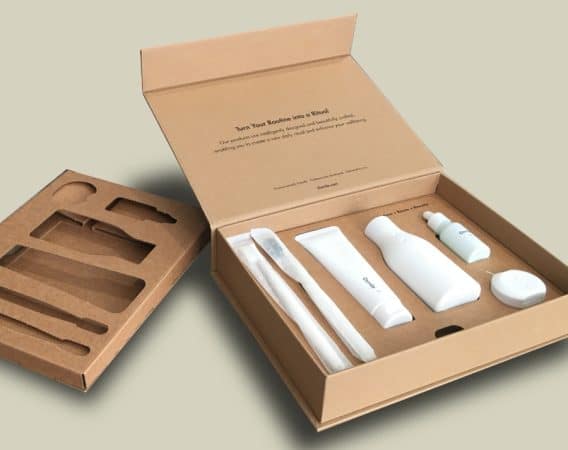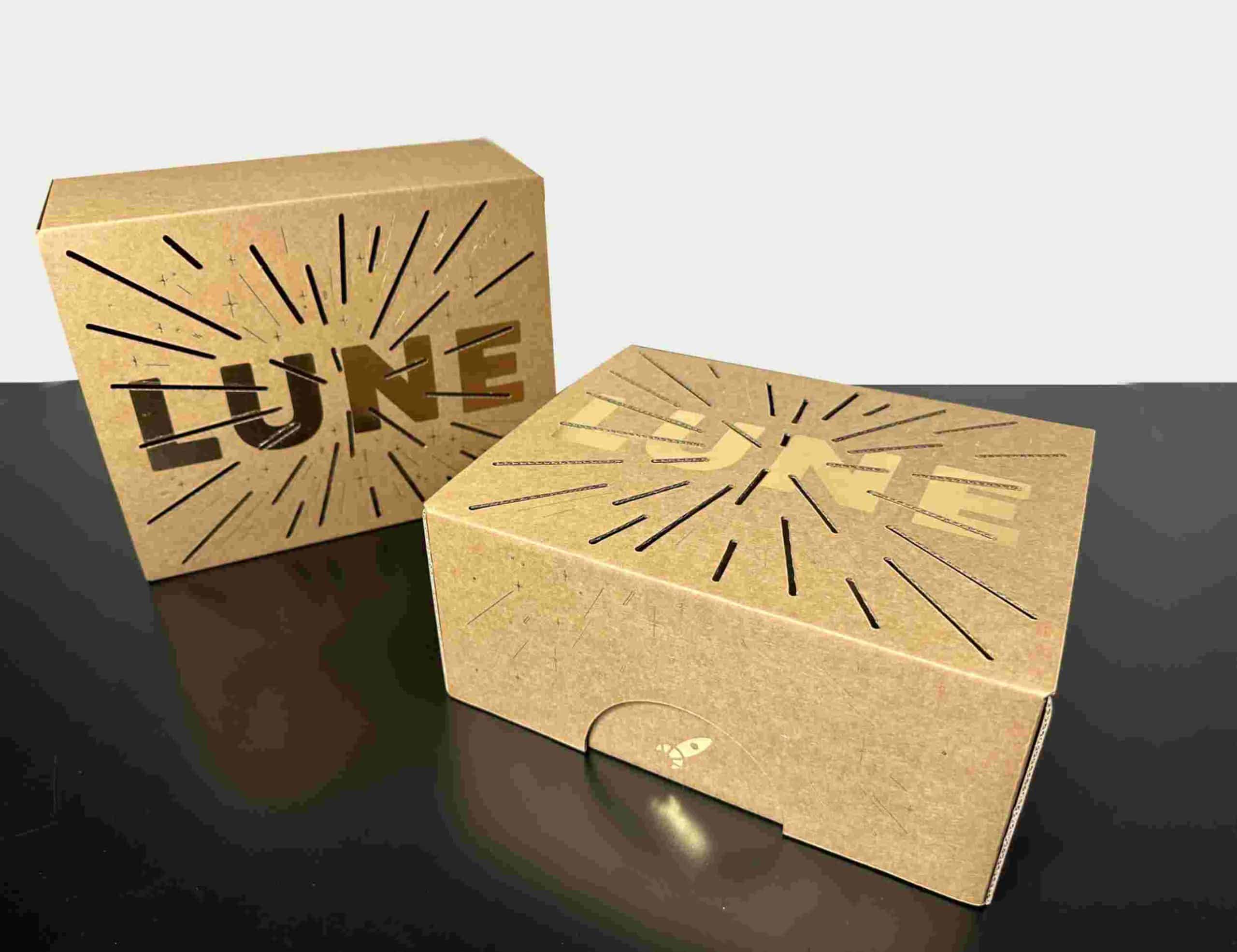The packaging industry is consistently evolving, whether in terms of technology and design abilities or the growing need for creative packaging that does more than protect the product.
Consumers are now more conscious of their spending and weigh up value for money for every purchase. In the digital day and age, it’s easy to review many brands and products simultaneously and businesses are competing to leave a lasting impression in a very short window.
Packaging offers an added advantage on multiple levels to brands who want to stand out and become the customer’s pick. It triggers brand recognition over time, aligns with the values of the rising share of woke consumers and convinces them they are getting more value for their money by purchasing with a brand that has invested thought in its packaging.
Creative packaging is in demand. Unboxing, especially for digital consumers, has become equivalent to a retail shopping experience. It generates the same excitement and dopamine release as making a purchase in-person.
PPI has helped many businesses and brands in developing bespoke packaging that delivers the brand story, more value for less money and still protects the product.
Below are some tips from our in-house experts on how to get creative with designing bespoke packaging.
Think of a way your packaging can be re-used
Cereal companies have been doing this for a long time but mostly for recreational purposes – limiting the reuse to a fun activity for children. However, there is so much potential in what can be done with a cardboard box once the product is removed from it.
There are two ways to go about it – you can either educate your consumers on how to re-use the box creatively (be it for storage, décor or arts & crafts) or you can in-built a design feature within the packaging that quickly converts the cardboard box into a functional household item.
One of the most popular examples of this is the Clever Little Bag by Puma wherein the existing shoe packaging could almost instantly be used as a convenient carrier for shoes during travel or to work for a gym class right after. Eliminating the need to use plastic bags or order additional shoe bags.
Another popular example is the Woolworths Christmas Paper Bag, designed to be reused as wrapping paper for gifts. The cost of these paper bags is only 20 cents, compared to a roll of wrapping paper which costs anything upwards of $5 and is often coated with paints that make them hard to recycle.
From a consumer psychology perspective, supplying customers with reusable packaging is a great way to remind them of your brand and product – time and again without investing any marketing spend.
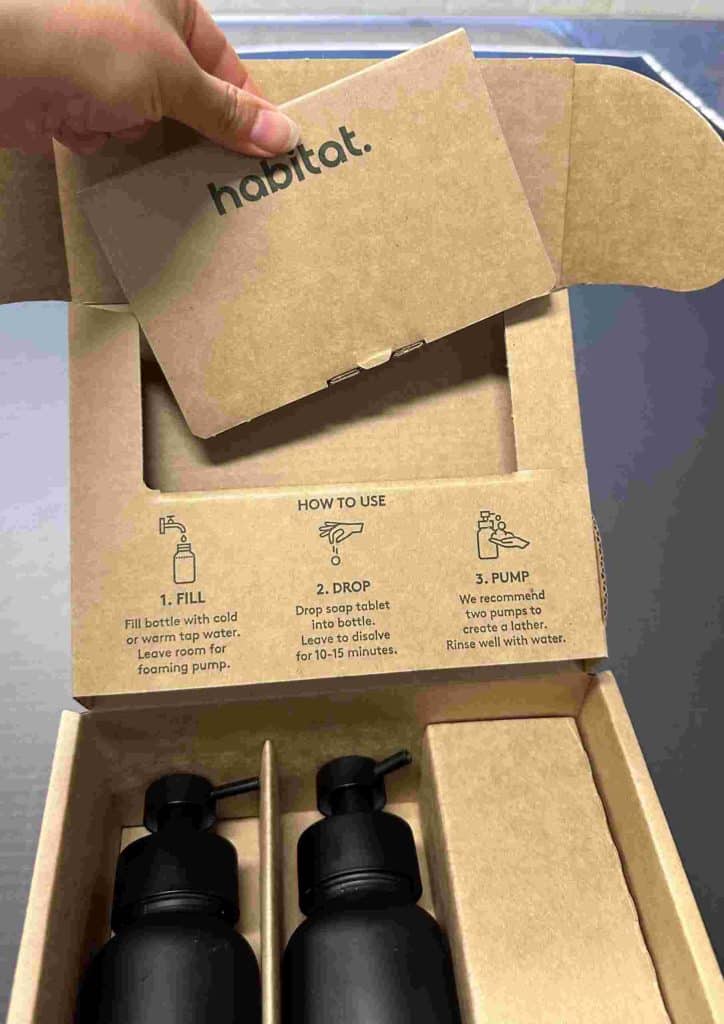
Collaborate with an artist
Seasonal packaging is another emerging theme within the evolution of packaging. A great way to incorporate seasonality while designing bespoke packaging is by collaborating with a local artist for a capsule collection.
This approach is educational and exciting for the consumers and also, aligns greatly with ‘woke consumers’ who have an affinity towards brands that empower known or lesser-known forms of arts and artists through their day-to-day commerce.
Limited-edition packaging is just as appealing as limited-edition product ranges. It adds value to your offering and indicates the time sensitivity of the product to the consumers, thus, signaling an urgency to make a purchase.
Every year, in the lead-up to Christmas, Mecca collaborates with Aboriginal artists to create a unique packaging for that season. Despite the fact Mecca refrains from offering the extent of discounts in a period where most brands depend on it for higher sales, it receives great recognition in the media for its continual efforts to honor Aboriginal art. Streets in Australia are flooded during November and December with shoppers flaunting their Mecca purchases in the special seasonal packaging – which is a marketing win like no other!
This is a great example of how businesses can leverage bespoke packaging to grasp customers’ attention from their competitors.
Bring forth your brand story and it’s various elements
Other ways you can get creative with your bespoke packaging, which are simpler to implement include optimising colors, fonts and other design elements to stand out to shoppers. Be selective and only pick design elements that are consistent with your branding overall.
Packaging should clearly relay the brand, in a manner that takes minimal recall time for the customers to remember your brand and product. Consistent display of branding across all channels, packaging included is a success story waiting to unfold.
When creative, bespoke packaging innovations are aligned with the brand story – it signals quality assurance to customers. Thus, convincing them that your business will go above and beyond to deliver a satisfactory customer experience.
A popular example of branded, bespoke packaging includes Australia’s viral sustainable toilet roll business – Who Gives A Crap. A thoughtful spin on conventional toilet paper packaging, combined with their sustainability initiatives and quirky branding has quickly made them a household name in Australia. From their on-brand trivia and crosswords, to bold use of colors and contrasts – their packaging design has won the hearts and loyalty of their customers.
If you are ready to reap the countless benefits of bespoke packaging for your business, get in touch with our team of packaging design and production experts today. You will see a positive difference in your sales and customer relationships before this year ends.
Recent case studies
Article
5 Packaging Tips for Your 2025 Sustainability Goals
Over the past years, consumers have become more conscious about the environmental impact of their choices, and businesses are taking note. For many, s...
More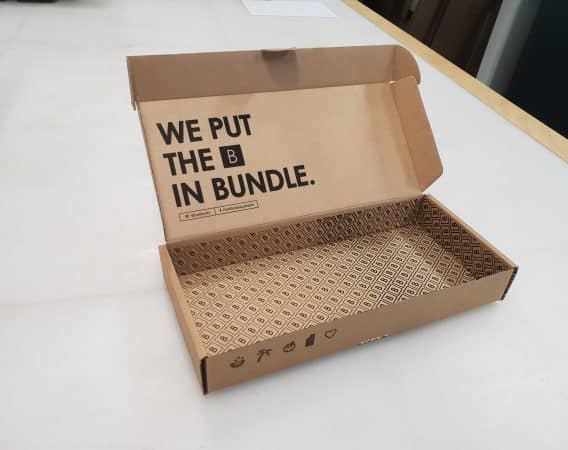
Article
How Sustainable Brands Can Be Purposeful About Their Packaging?
In today’s environmentally conscious market, sustainable packaging has transitioned from a trend to a necessity. Brands aiming for longevity and...
More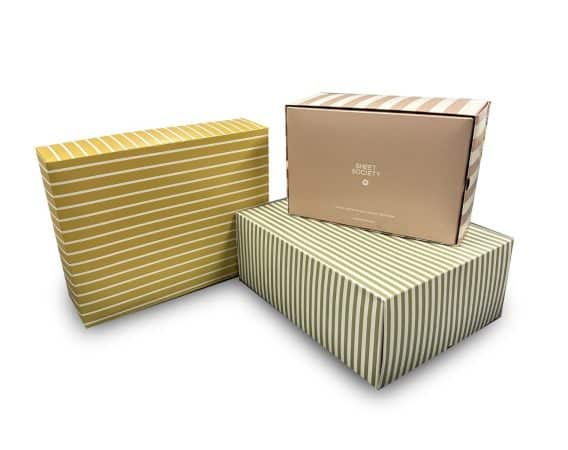
Article
How to Ensure Efficiency in your Custom Packaging Design
Digitisation has increased the competition for brands and businesses like never before. While online shopping has opened a gateway to growth, it has a...
More